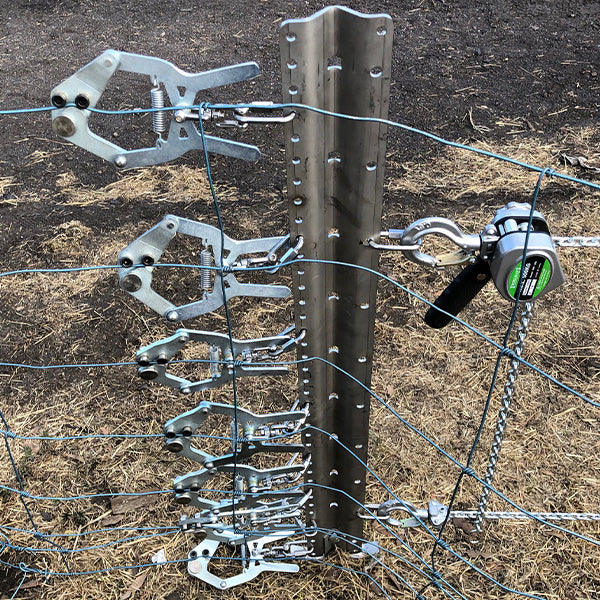
The Rise of Exclusion Fencing
Share
In the last couple of years one of the big changes in farming practice has been the increased useofexclusion fencing. This is largely because of the greater returns delivered by much higher lambing rates and faster weight gain to stock.
Exclusion fencing – Quicker and Cheaper
The price of exclusion fencing has come down due to the increased volume being produced. And farmers are also becoming aware that net fencing can be quicker, and therefore cheaper, to install than a traditional 5 wire fence. This is because you can strain the whole fence in one go and you need fewer posts.
Keep out the Pests – a Better Barrier
Traditional post and wire fences really just keep large stock (cattle and sheep) on the farm, but now there is the realisation that it is as important, if not critical, to keep pests and native animals off the farm. This is because they either prey on the stock (in the case of dogs) or they directly compete for food and pasture, like deer, pigs and kangaroos.
Fundamentally, net fencing is a better barrier. It’s better at keeping stock on the farm and it’s better at keeping unwanted animals off the farm. Sure there’s a lot of fencing that needs to be done, but there are proven benefits as a result.
Installation issues
Installing net fencing can be hard because of the difficulty inherent in using strainer boards. If you don't have a spare $100, 000 for machinery and can’t get anyone to do it for you, then you either use a star picket, weave it through the wire and pull it up with a tractor, or you use a net fencing strainer board.
A standard strainer board uses two metal plates with pins on one plate and steel wedges on the other to bend and grip the entire wire mesh in a groove. The theory Is good, but in practice it takes quite a while to get the wire into the strainer board and make sure it’s on the right angle if you have a slope.
There is a lot a banging and whacking to be done to get the strainer board on and off, which takes time and can break the wire. You also need to be able to work from both sides of the fence, which may not be a problem on a 3 foot fence, but certainly will be with a fence 6 foot high.
When you put tension the wire, you may find that you have not hit the wedges in hard enough and the centre wires of the fence sag or you may not have put the board in the correct position to allow for tie off. As a result, you will need to take the strainer board off the wire completely and start all over again.
Problem Solved
You can forget about those problems with Wireman’s East Ender. To make net fencing easier without costing an arm and a leg, Wireman has come up with a strainer board called the East Ender. It is used in conjunction with multiple Jack the Grippers, so the net fencing is gripped by gripping each individual horizontal wire. This makes it very easy to get on and off the wire and means that you can work from just one side of the fence, no hammering required.
Easy to Use
The East Ender comes in 1 metre sections so if you are putting up a 2 metre fence you simply join two East Enders together. And with adjustment holes at 25 mm apart, the grip points are easily moved up or down to suit both different wire spacings or more tensioning points.
Time is money
The east ender may cost a little more than a standard strainer board, but if your doing 6 strains a day and you save 7 minutes on each strain, then you are saving 42 minutes a day. That’s 2 days of work saved in a single month.
